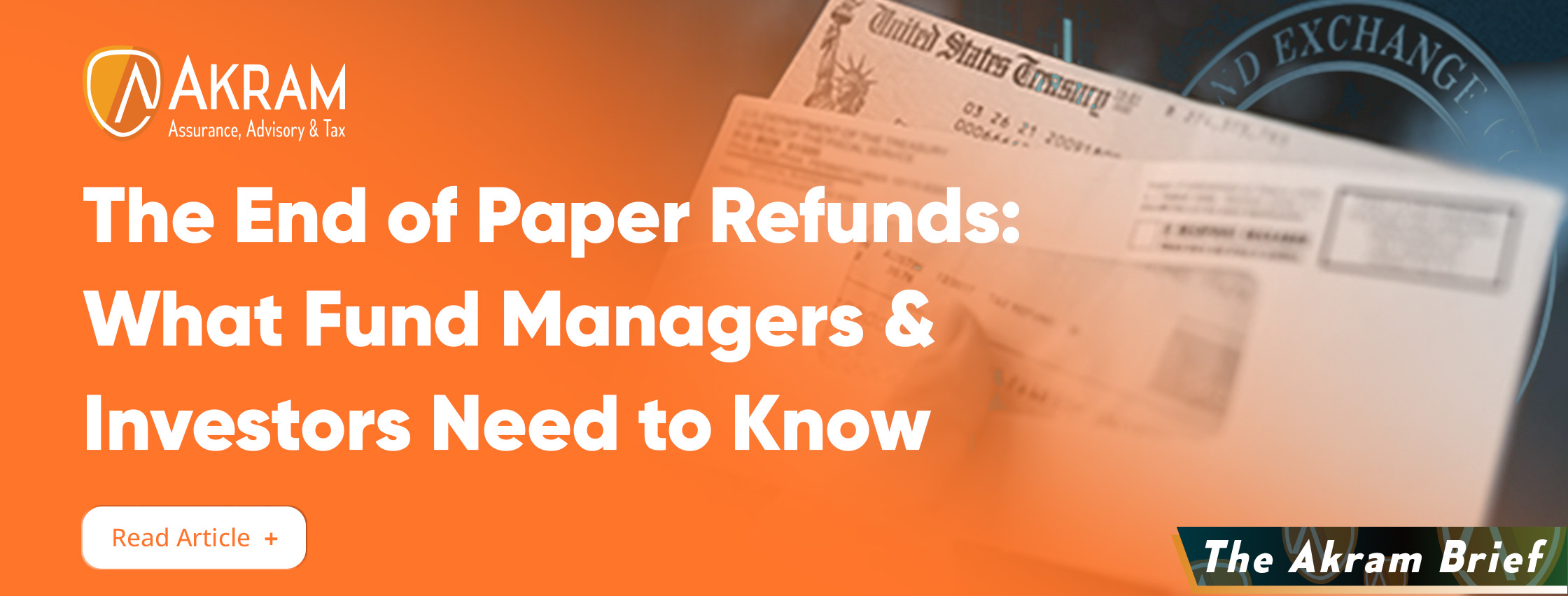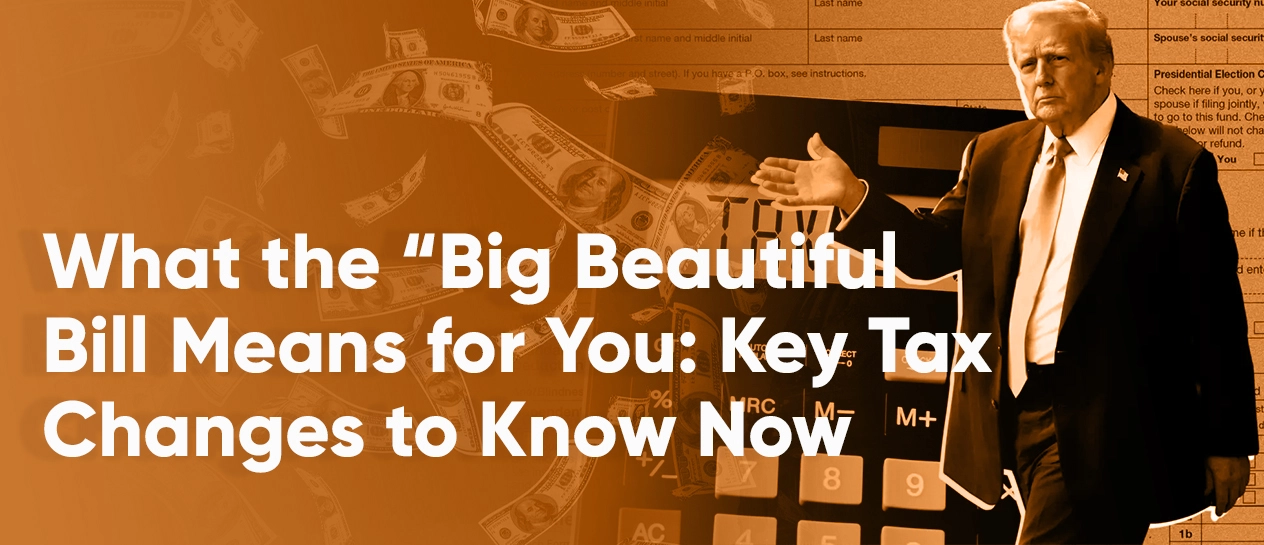Private Equity Fundraising and Regulatory Challenges
One common theme this year in private markets has been that fundraising has been down compared to last year. It’s the same for most alternative asset classes. But some of the larger firms don’t seem to be having many problems – Bain Capital recently closed a EUR6bn fund and Brookfield raised more than $12bn for a private equity fund.
Most of the asset flows going to the larger firms isn’t a surprise. Many of the big players can simply pick up the phone and get a commitment for a new vehicle reasonably quickly, when some of the smaller managers are pounding the pavement for months and jumping through the many hoops that need negotiating in order to secure an allocation.
That there are some mega-funds being raised is good for the industry, at least, in my view. There’s been an enormous amount of media coverage of the rotation out of private investments by institutional investors and into liquid fixed income this year. That’s not a surprise given that investors can now get a 4-5% yield on a US Treasury Bill. But it shows that many sophisticated investors remain bullish on the private equity opportunity, which feeds into the market more broadly.
But despite those green shoots, it remains the case that smaller, newer buyout investors face a tougher time fundraising. And the growing seeding market in private equity – which I touched on back in June – may not accelerate as much as many might have hoped because of the SEC’s changes to some of the regulations affecting private funds advisers, which it adopted back in August.
Specifically, the Preferential Treatment Rule – Rule 211(h)(2)-3 – includes mandatory disclosures related to some of the terms that are offered to investors. Previously, the precise details of a seeding arrangement might not have been disclosed, because there was no need to. But now, that looks like it’s changing, unless the pending lawsuit filed by a range of industry bodies succeeds in repealing that. But what will be interesting is whether there is a pause in the seeding space until the regulatory environment is clear, which is completely unknown at this time.
Buyout shops have been raising money without seeding for quite literally decades, so it’s entirely possible – plausible, even – that there will still be many success stories in terms of new funds getting off the ground in the next six-twelve months. And if we’ve seen the top of the current interest rate curve, then that’s all the more reason for investors to get back into illiquid assets.
There’s a lot of moving parts to the private equity fundraising space at the moment, much of which is out of control of the buyout GP. But I’ve said it before and I’ll say it again – if you’re a newer PE firm, the best thing you can do – apart from being a really good investor – is have an institutional-ready middle and back office. It’s a differentiator of increasing importance.



